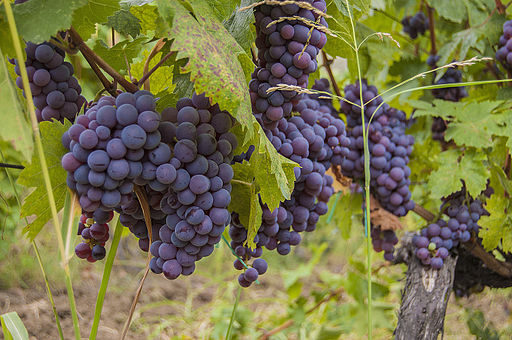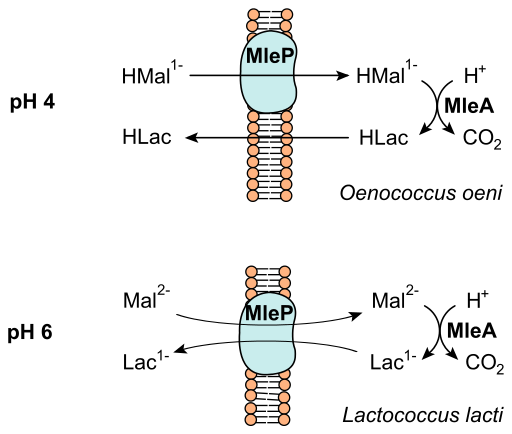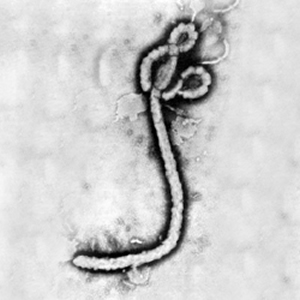Vinification, flavor, and aroma
Wine making, or vinification is a process, through which fruit juice, usually from grapes, is fermented to produce an alcoholic drink. Once fruit is harvested, it is the wine makers duty to ferment the juice into a palatable wine through complex interactions of yeast and bacteria. Fermentation can be achieved using the natural grape must, naturally occurring yeast on machinery and vines, or by inoculating batches with commercially produced yeasts. Vinification requires the careful management of the microflora present, nutrient availability for the microflora, pH, temperature, and storage conditions, in order to make a palatable vintage.
The perception of a wine’s flavor and aroma comes from a multitude of interactions between about a 1,000 chemical compounds within the wine and our own sensory receptors. These chemical compounds function in many different ways, and can act synergistically or antagonistically with each other. Flavor and aroma compounds are derived from the grapes themselves, the wood fermentation occurs in, and the metabolites of microbes used in the fermentation process. Making a tasty wine is largely related to the ratios of volatile compounds found in the wine; wines with out enough of a certain compound will lack flavor and fullness, while wines with too much of a compound can taste spoiled. These compounds result from both the alcoholic fermentation process and the malolactic fermentation, which both involve their own microbes.
One other aspect of wine flavor and aroma comes from yeast assimilable nitrogen. Yeast assimilable nitrogen (YAN) is the amount of nitrogen available for yeast during the fermentation process. YAN is inherent to grapes, and can be measured after harvesting and crushing, but can also be controlled by the wine maker to reduce the likelihood of spoilage.
Microbial Processes of Vinification
Alcoholic Fermentation
Malolactic Fermentation
The secondary phase of fermentation is known as malolactic fermentation. Malolactic fermentation is the decarboxylation of L-malic acid to L-lactic acid through enzymatic activity. Several lactic acid bacteria can be responsible for malolactic fermentation, with varying effects on the wines flavor and aroma. Lactic acid bacteria in grape must come from the gnera Lactobacillus, Pediococcus, Leuconostoc, and Oenococcus. [1]
At right is a sample image insertion. It works for any image uploaded anywhere to MicrobeWiki. The insertion code consists of:
Double brackets: [[
Filename: Ebola virus 1.jpeg
Thumbnail status: |thumb|
Pixel size: |300px|
Placement on page: |right|
Legend/credit: Electron micrograph of the Ebola Zaire virus. This was the first photo ever taken of the virus, on 10/13/1976. By Dr. F.A. Murphy, now at U.C. Davis, then at the CDC.
Closed double brackets: ]]
Other examples:
Bold
Italic
Subscript: H2O
Superscript: Fe3+
Overall paper length should be 3,000 words, with at least 3 figures with data.
Compounds That Effect Flavor and Aroma
Include some current research in each topic, with at least one figure showing data.
Yeast Assimilable Nitrogen and Free Amino Nitrogen
Include some current research in each topic, with at least one figure showing data.
Further Reading
[Sample link] Ebola Hemorrhagic Fever—Centers for Disease Control and Prevention, Special Pathogens Branch
References
[www.ftb.com.hrfiles/journals/1/articles/183/public/183-182-1-PB.pdf Romano, Patrizia. "Metabolic characteristics of wine strains during spontaneous and inoculated fermentation." Food Technology and Biotechnology 35 (1997): 255-260.]
Edited by Patrick Niedermeyer, a student of Nora Sullivan in BIOL168L (Microbiology) in The Keck Science Department of the Claremont Colleges Spring 2014.




